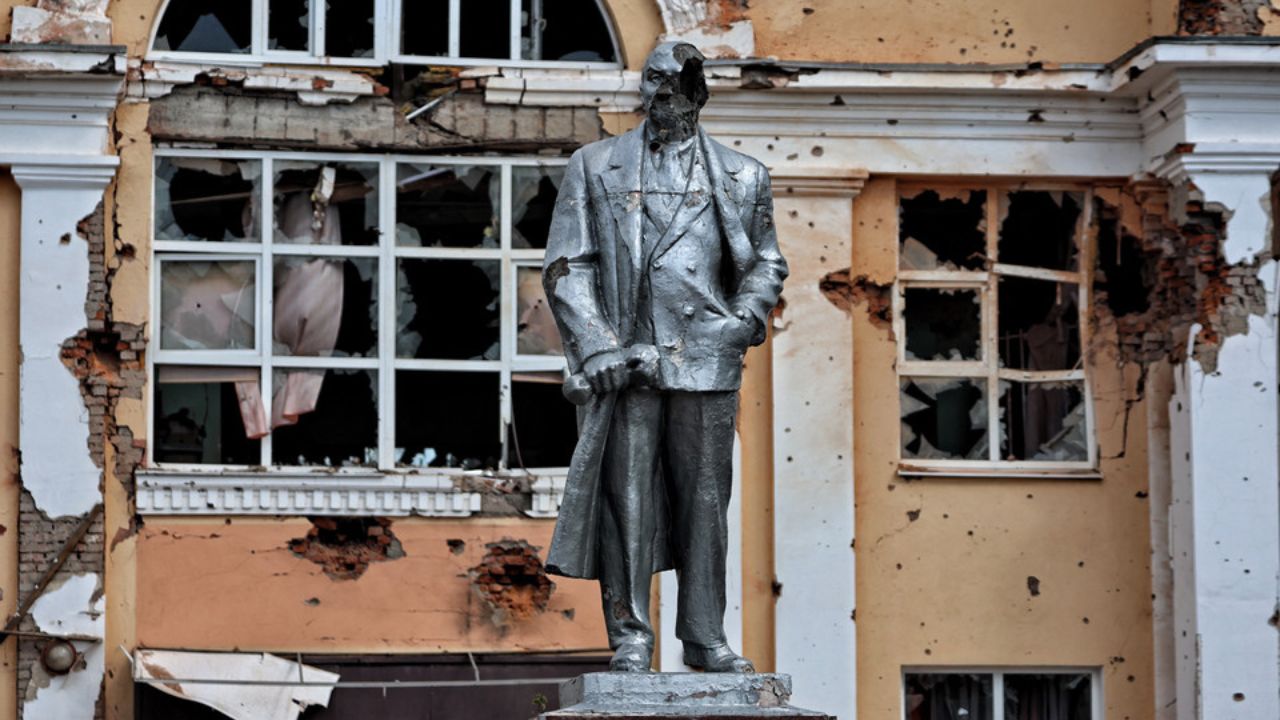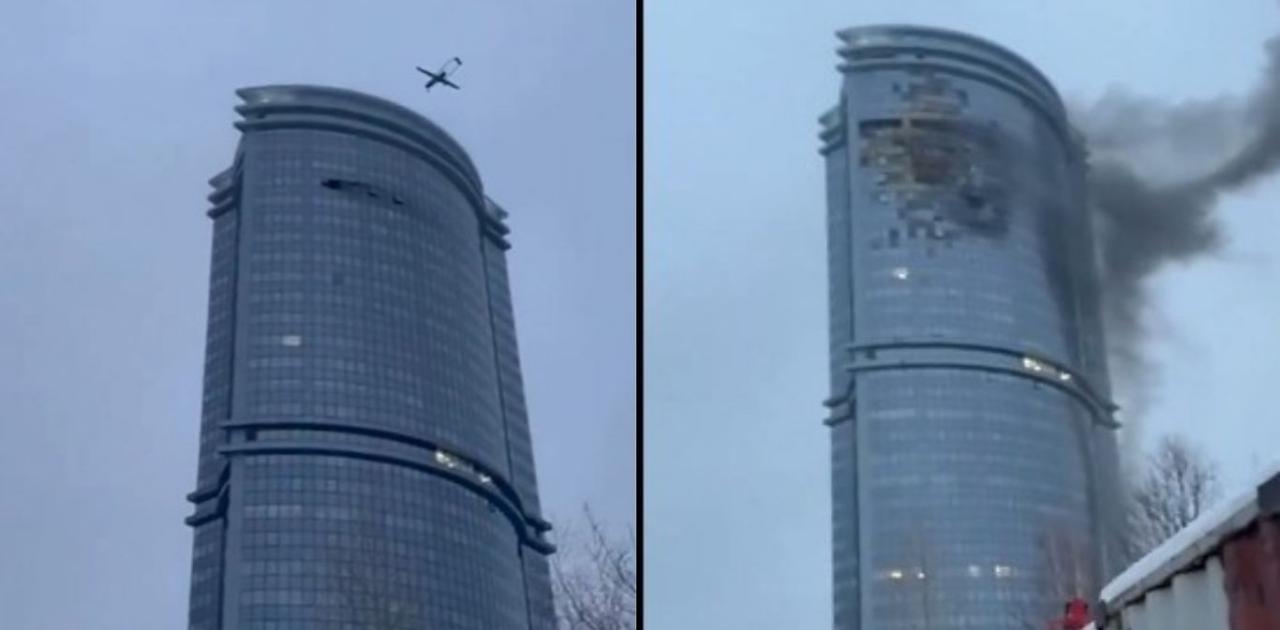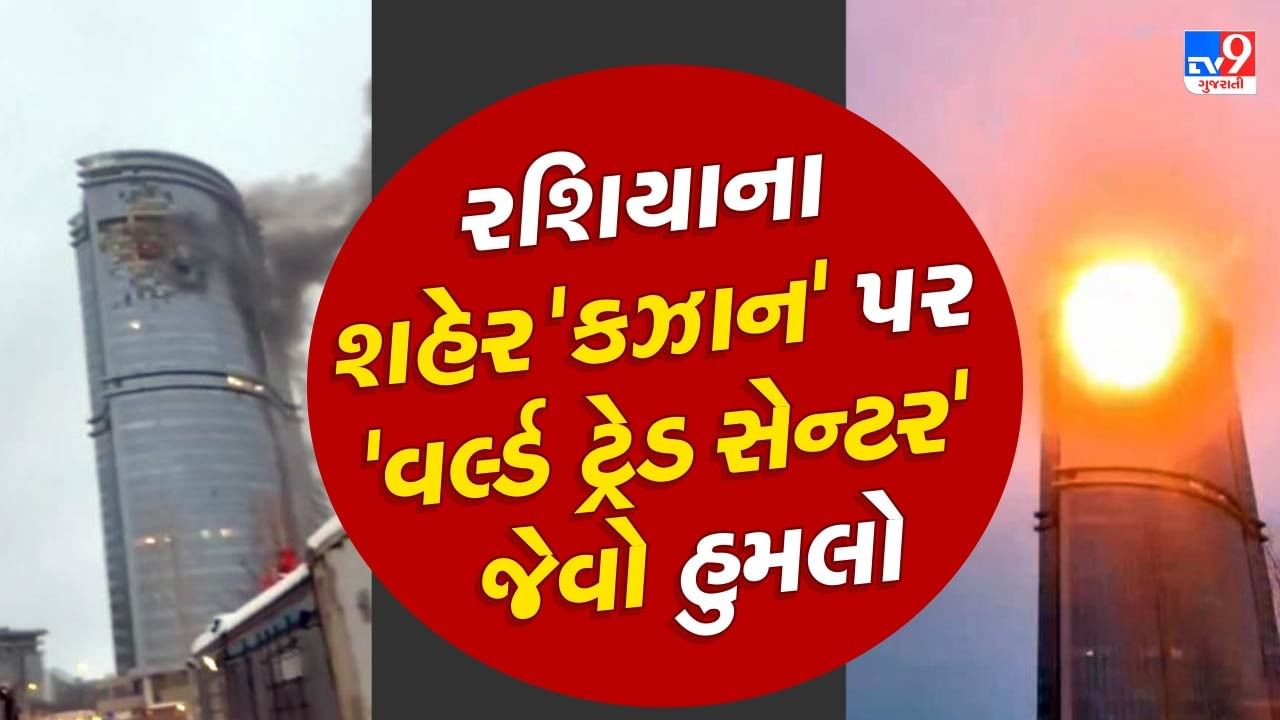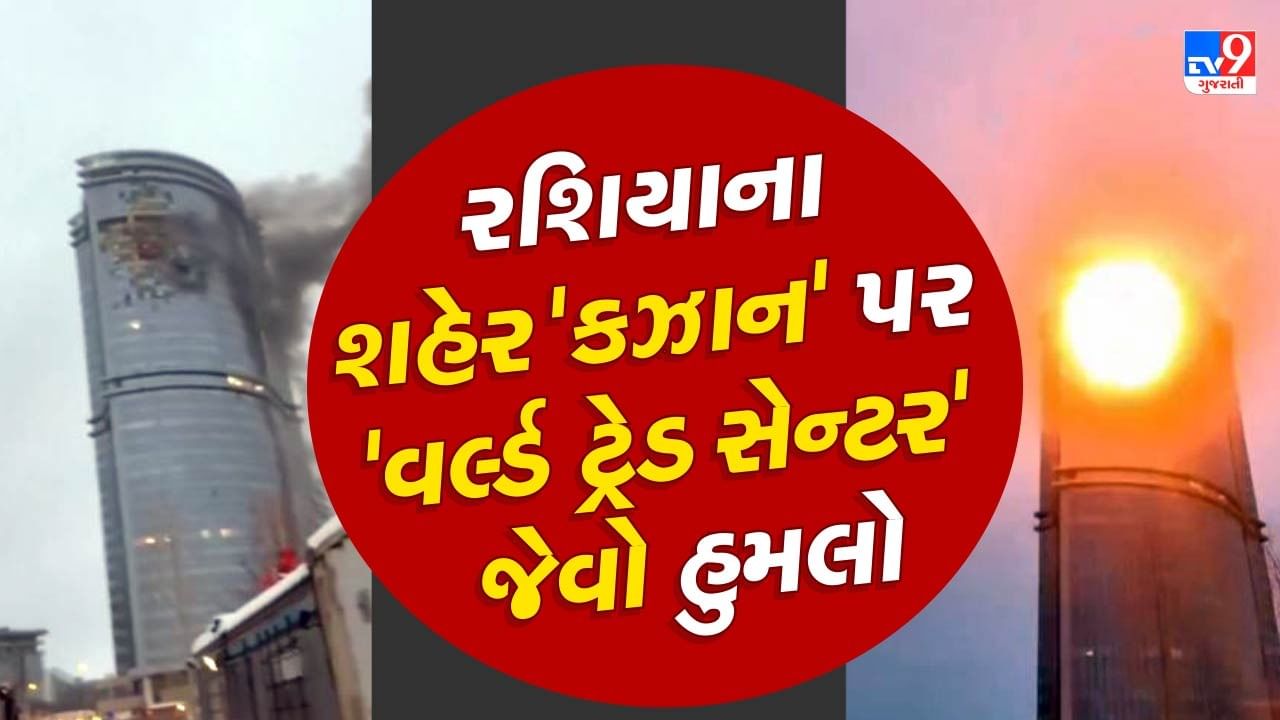Kazan drone attack: The recent incident in Kazan, Russia, involving drone strikes, has sparked significant international interest and raised critical questions about the evolving nature of warfare and the vulnerabilities of civilian infrastructure. This analysis delves into the event’s circumstances, technological aspects, geopolitical implications, public reaction, and security considerations, providing a comprehensive overview of this significant event.
The attack, though seemingly localized, carries broad implications for regional stability and international relations. Understanding the motivations behind the attack, the technology employed, and the response from various stakeholders is crucial for assessing its long-term impact. This report aims to provide a clear and objective account of the event, drawing on available information and analysis from various sources.
The Kazan Drone Attack: An Analysis
Reports of a drone attack on Kazan, Russia, have raised significant concerns regarding national security, geopolitical tensions, and the evolving capabilities of unmanned aerial vehicles (UAVs) in modern warfare. This analysis delves into the event, exploring its technological aspects, geopolitical implications, public response, and the security challenges it presents.
The recent drone attack on Kazan highlights the growing concern over the misuse of unmanned aerial vehicles. This incident, while geographically distant, shares similarities with other drone-related incidents, such as the unfortunate florida drone accident , which underscores the need for stricter regulations and improved safety protocols. Ultimately, the Kazan attack serves as a stark reminder of the potential dangers associated with drone technology, necessitating a global dialogue on responsible usage.
The Event: Kazan Drone Attack Overview
The reported drone attack on Kazan involved multiple unmanned aerial vehicles targeting various locations within the city. While official details remain limited, initial reports suggested the drones caused minor damage to infrastructure, with no casualties reported. Responsibility for the attack has not been definitively claimed, though speculation points towards various potential actors, both domestic and international. The timeline of events is still emerging, but initial reports surfaced on [Insert Date of Initial Reports], followed by official statements and investigations in the days that followed.
Further information is expected as investigations progress.
The recent drone attack on Kazan has raised concerns about escalating tensions. This incident follows a pattern of similar attacks, including the significant series of Ukrainian drone strikes against Russian territory, as detailed in this report on ukraine drone attack on russia. The Kazan attack, while geographically distinct, highlights the broader context of these ongoing cross-border actions and their potential implications for regional stability.
Technological Aspects of the Attack

The drones used in the Kazan attack likely possessed advanced capabilities, suggesting a level of sophistication in their design and operation. Several types of drones could potentially be implicated, including commercially available models modified for military purposes or purpose-built UAVs. Navigation methods may have involved GPS coordinates, pre-programmed flight paths, or potentially even real-time operator control. The precision of the targeting, or lack thereof, will provide crucial insights into the attackers’ capabilities and intentions.
The incident shares similarities with other drone attacks globally, highlighting the increasing accessibility and lethality of this technology.
The recent drone attack on Kazan has raised concerns about escalating tensions in the region. This incident follows a pattern of similar attacks, prompting comparisons to the broader conflict, such as the significant ukraine drone attack on russia which has significantly impacted the ongoing conflict. Understanding the Kazan attack requires considering this wider context of cross-border drone activity and its potential implications.
| Location | Date | Type of Drone (if known) | Outcome |
|---|---|---|---|
| [Location 1 – Example: Kyiv, Ukraine] | [Date 1 – Example: October 26, 2022] | [Type of Drone – Example: Iranian Shahed-136] | [Outcome – Example: Infrastructure damage, casualties] |
| [Location 2 – Example: Washington D.C., USA] | [Date 2 – Example: December 2022] | [Type of Drone – Example: Unknown small drone] | [Outcome – Example: Minor damage, no casualties] |
| Kazan, Russia | [Date of Kazan Attack] | Unknown | Minor infrastructure damage, no reported casualties |
Geopolitical Context and Implications

The attack occurred within a complex geopolitical context, marked by ongoing tensions between Russia and various international actors. Potential motivations could range from expressing dissent against the Russian government to attempts to destabilize the region. The incident’s impact on regional stability remains to be seen, but it could escalate existing tensions and further strain international relations. Official responses from the Russian government and international organizations have been cautious, pending further investigation into the incident’s circumstances and perpetrators.
Public Response and Media Coverage
Public reaction in Kazan and across Russia has been a mix of concern, fear, and uncertainty. Media coverage has been varied, with some outlets emphasizing the potential threat to national security while others focus on the lack of casualties. The potential for misinformation and disinformation is high, requiring careful scrutiny of information sources. Comparisons to similar events in other countries reveal differing levels of public concern and government response, reflecting varying levels of trust in official narratives and preparedness for such attacks.
Security and Defense Implications, Kazan drone attack
The Kazan drone attack highlights vulnerabilities in Russia’s air defense systems, particularly against small, low-flying UAVs. Improvements to security measures are urgently needed, including enhanced surveillance technologies, improved drone detection and interception capabilities, and potentially the deployment of counter-drone systems. A hypothetical security protocol might involve layered defense mechanisms, combining technological solutions with enhanced intelligence gathering and improved coordination between security agencies.
The long-term implications involve significant investment in upgrading existing security infrastructure and developing more sophisticated defense strategies.
Visual Representation of the Event

Imagining the scene, one could envision multiple drones approaching Kazan from various directions, possibly at low altitudes to evade detection. From an aerial perspective, the drones’ trajectories would appear as erratic lines converging on specific targets. Ground-level views might show the drones as small, fast-moving objects, possibly leaving trails of smoke or debris upon impact. The resulting damage would likely be localized, consisting of minor structural damage to buildings or vehicles, depending on the drones’ payloads and the points of impact.
The overall scene would likely be chaotic, with emergency responders and security personnel converging on affected areas.
The Kazan drone attack serves as a stark reminder of the increasing sophistication and accessibility of drone technology, highlighting the need for enhanced security measures and a deeper understanding of the geopolitical factors that can fuel such incidents. The incident’s impact extends beyond the immediate physical damage, influencing regional stability, international relations, and the global discourse on drone warfare. Further investigation and international cooperation are vital in mitigating the risk of similar future events.
Question Bank
What type of drones were potentially used in the Kazan attack?
While the exact type remains unconfirmed, various reports speculate on the potential use of commercially available drones modified for military purposes, given their relatively simple procurement and adaptability.
What were the immediate responses from the Russian government?
Initial responses focused on damage assessment and investigation. Official statements likely emphasized maintaining order and security while downplaying the incident’s significance to avoid escalating tensions.
How did the international community react to the Kazan drone attack?
Reactions varied. Some countries expressed concern and called for restraint, while others remained largely silent or offered cautious statements, avoiding direct condemnation to maintain diplomatic relations with Russia.
What long-term security implications does this attack have for Russia?
The attack highlights vulnerabilities in Russia’s air defense systems and necessitates investment in upgraded technology and strategies to counter future drone threats. It also raises questions about the potential for similar attacks in other locations.
